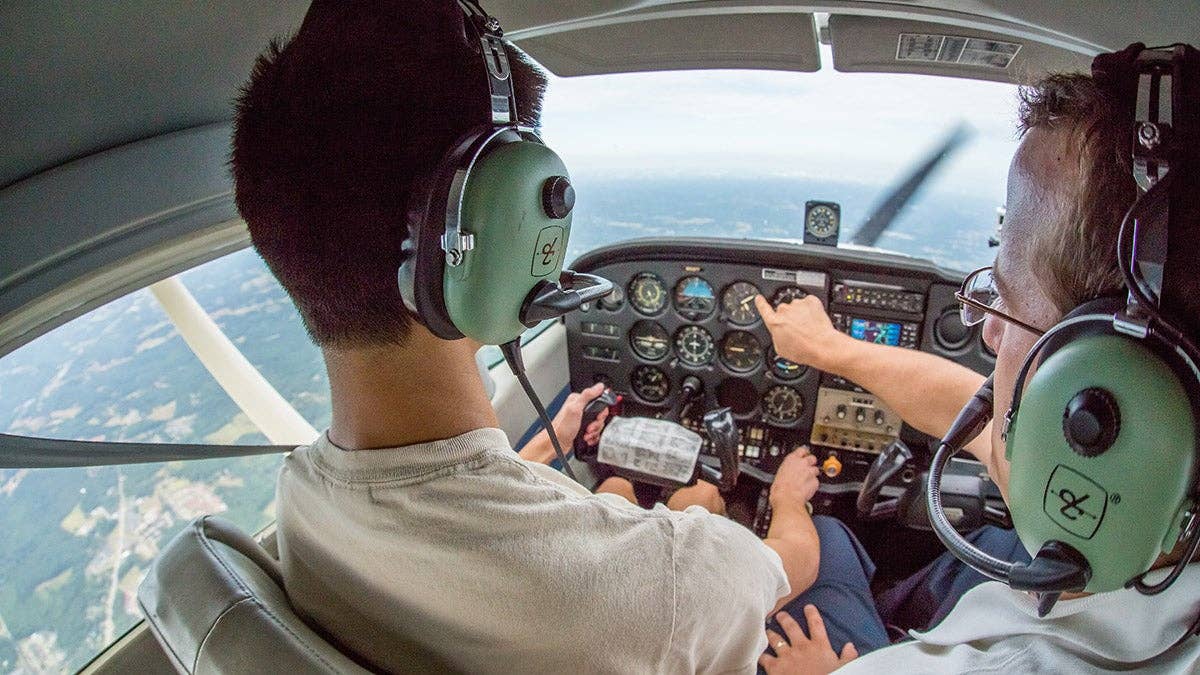
The FAA proposed new standards for bird strike testing in jet engines, as a response 2009’s “Miracle on the Hudson” incident.
The proposed new test standards are based on a report from 2015 on the accident. In 2009, a US Airways Airbus A320 flew into a flock of birds shortly after taking off from New York’s La Guardia Airport, causing both engines to fail. The aircraft successfully ditched in the Hudson River. There were no fatalities.
The 2015 report discovered that modern engines have wider fan-blade chords than jet engines that were used to develop the current bird strike standards. Additionally, jet engines are only tested for bird strikes at 100 percent thrust. The FAA recommended that standards should be updated. The new testing practices would cost approximately $4 million a year, which, in turn, would produce benefits of about $5 million a year, according to the FAA.
This is not the first time that recommendations have been put forth to update safety practices in response to the 2009 ditching. Chesley Sullenberger, the captain of the flight, told CBS news in 2016 that the NTSB had made 35 safety recommendations as a result of the accident, but only a few of those recommendations were actually adopted.
"The bottom line ultimately is that the airlines, in a very cost-competitive industry, are reluctant to take on additional safety measures that they view as a burden or an additional cost," Sullenberger said.

Sign-up for newsletters & special offers!
Get the latest FLYING stories & special offers delivered directly to your inbox






